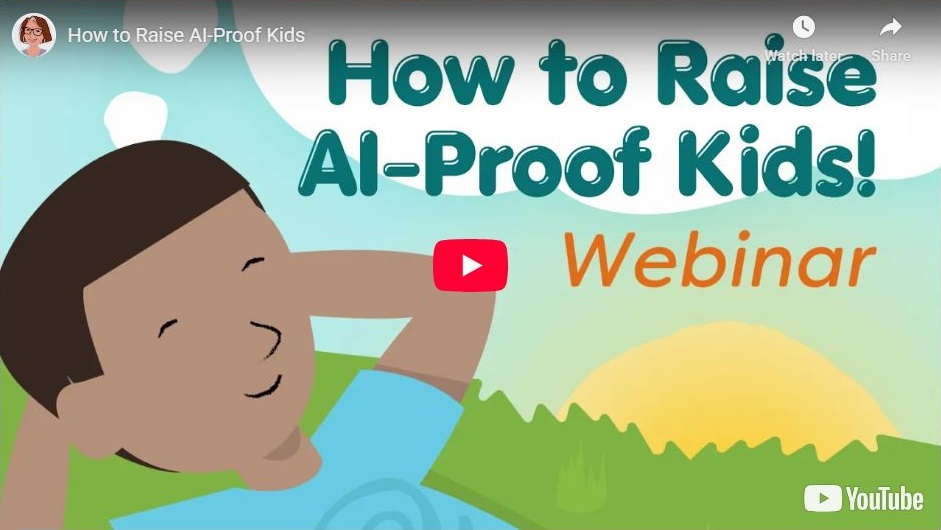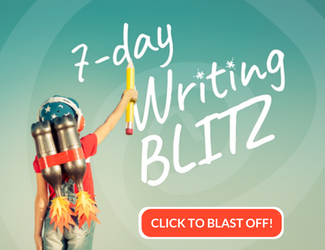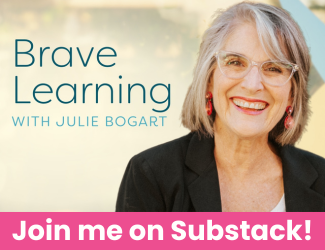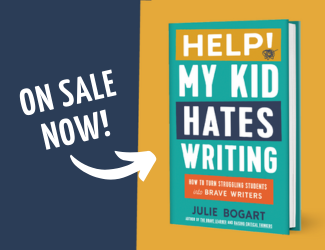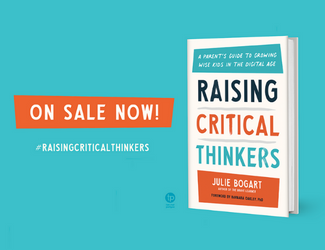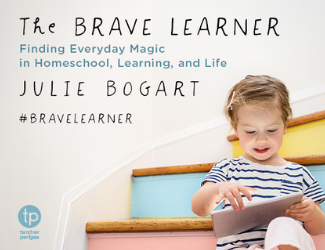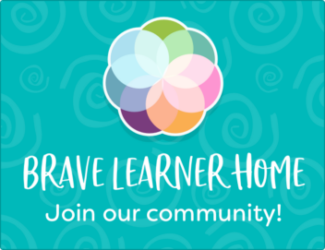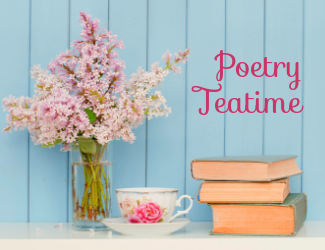
Spark Children’s Creativity through Writing
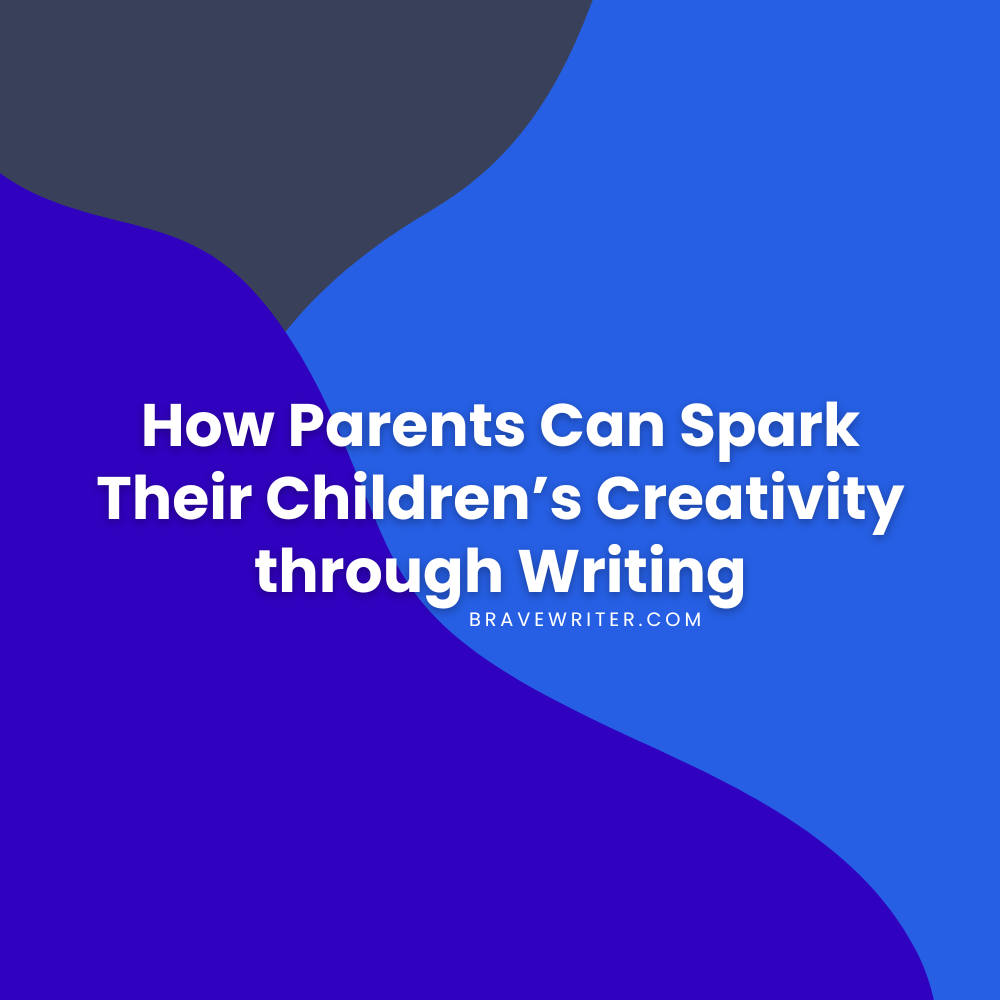
What if the real magic of learning isn’t found in a curriculum, but in the relationship between a child, a parent, and an idea?
In this episode of the Outspoken podcast, Julie Bogart, CEO and Founder of Brave Writer, talks about why protecting a child’s authentic writing voice matters more than teaching to evaluation. Julie:
- provides suggestions for how parents can act as coaches who nurture insight rather than enforce correctness.
- discusses AI and its impact on kids’ ability to think and struggle productively.
- and explores how homeschooling has evolved and why relational learning outperforms traditional schooling.
Tune in to hear how Julie is reshaping the future of writing and home education!
Here’s a clip from the episode:
Resources
- Outschool podcast: https://outschool.org/outspoken
- Julie’s author website: https://juliebogartwriter.com/
- Help! My Kid Hates Writing: https://juliebogartwriter.com/help-my-kid-hates-writing/
- Brave Writer: https://bravewriter.com/
Connect with Julie
- Instagram: @juliebogartwriter
- Threads: @juliebogartwriter
- Bluesky: @bravewriter.com
- Facebook: facebook.com/bravewriter
[Podcast #321] No Paper Trail? No Problem!
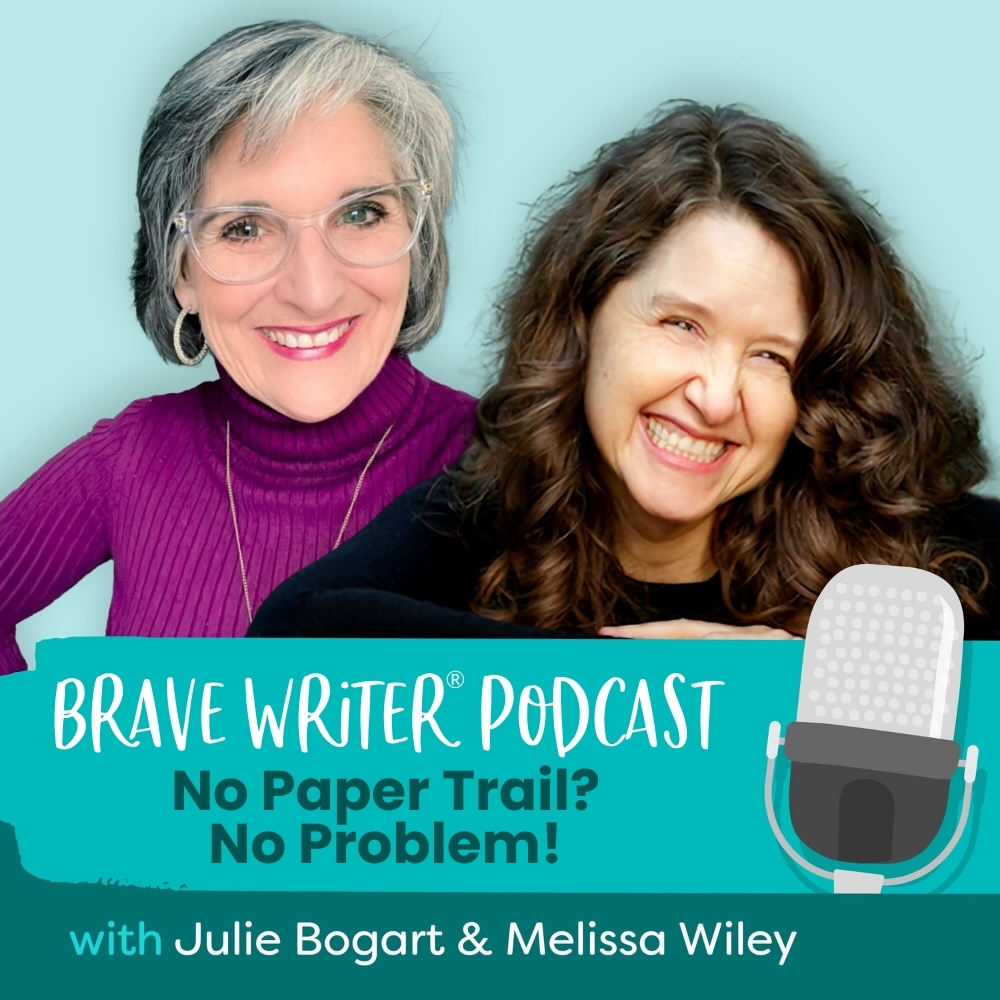
If your homeschool doesn’t produce stacks of worksheets, does that mean learning isn’t happening?
In this Brave Writer podcast episode, we explore why meaningful education often leaves very little paper behind. From embodied grammar lessons to spontaneous moments of insight, we talk about how children actually learn and why traditional record-keeping can miss the point. We also share practical, low-pressure ways to document growth without turning your home into a classroom clone.
If you’ve ever worried that your homeschool doesn’t “look like enough,” this conversation offers reassurance, clarity, and permission to trust what you see unfolding every day. Join us and rethink what counts as real evidence of learning.
Show Notes
One of the hardest adjustments for homeschooling parents, especially those coming from traditional school environments, is letting go of visible proof. We’re conditioned to believe that learning must produce paper: worksheets, essays, tests, portfolios stuffed with graded work. When those things disappear, anxiety creeps in. Are we doing enough? Is this real learning?
The truth is that much of the most meaningful learning doesn’t announce itself with tidy artifacts. It shows up later, unexpectedly, in conversation, curiosity, and connection.
Why Paper Feels Reassuring
School trained us to equate effort with output. Thirty desks, thirty papers, one teacher checking compliance. That system depends on physical evidence. At home, learning happens differently. Children sprawl on couches, talk through ideas, act things out, read deeply, and connect dots silently. That can feel unsettling if you’re waiting for proof.
But learning isn’t linear, and it isn’t always visible in the moment. Skills like punctuation, sentence fluency, or narrative structure don’t emerge because a child followed steps in the right order. They emerge through repetition, exposure, and internalization. One day, a period simply appears at the end of a sentence because it feels right.
Catching Learning in the Wild
Instead of assigning work in order to generate records, we can become observers. When a child explains something they’ve learned, narrates a story, makes an unexpected comparison, or uses new vocabulary, that’s learning surfacing. Write it down. Record it. Take a picture. Save a note on your phone.
These moments are often more revealing than any worksheet. They show synthesis, understanding, and ownership.
Expanding What Counts as a Record
Documentation doesn’t have to live in a binder. Photos of projects, ticket stubs from museums, lists of books read, sketches, voice memos, timelines, family notebooks, and weekly reflections all tell the story of a rich education. Free writing, done occasionally, gives children a chance to consolidate what stuck without draining joy from the process.
Many families find it helpful to track what they did in the course of a day or week, rather than focusing on what they planned to do. Looking back over weeks and months often reveals far more progress than memory alone can hold.
Shifting the Focus
When we focus only on what’s missing, we miss growth. A page of writing with three spelling errors still contains dozens of correct words, strong verbs, and clear ideas. Training ourselves to see what’s working builds confidence, both in our children and in ourselves.
Homeschooling isn’t about recreating school at home. It’s about creating a learning life that fits your family. When you trust that process, the evidence is there, even if it doesn’t fit neatly into a folder.
Resources
- Find delicious reading selections for kids and adults in the Brave Writer Book Shop
- Brave Writer class registration is open!
- Visit Julie’s Substack to find her special podcast for kids (and a lot more!)
- Purchase Julie’s new book, Help! My Kid Hates Writing
- Find community in our membership forum, the Brave Learner Home
- Learn more about the Brave Writer Literature & Mechanics programs
- Start a free trial of CTCmath.com to try the math program that’s sure to grab and keep your child’s attention
- Give your child the gift of music! Sign up for a free month of private lessons with Maestro Music and let your child discover their own musical voice: www.maestromusic.online/brave
- Subscribe to Julie’s Substack newsletters, Brave Learning with Julie Bogart and Julie Off Topic, and Melissa’s Catalog of Enthusiasms
- Sign up for our Text Message Pod Ring to get podcast updates and more!
- Send us podcast topic ideas by texting us: +1 (833) 947-3684
- Interested in advertising with us? Reach out to media@bravewriter.com
Connect with Julie
- Instagram: @juliebogartwriter
- Threads: @juliebogartwriter
- Bluesky: @bravewriter.com
- Facebook: facebook.com/bravewriter
Connect with Melissa
- Website: melissawiley.com
- Substack: melissawiley.substack.com
- Instagram: @melissawileybooks
- Bluesky: @melissawiley.bsky.social
Produced by NOVA
[Podcast] 2026: The Complete List
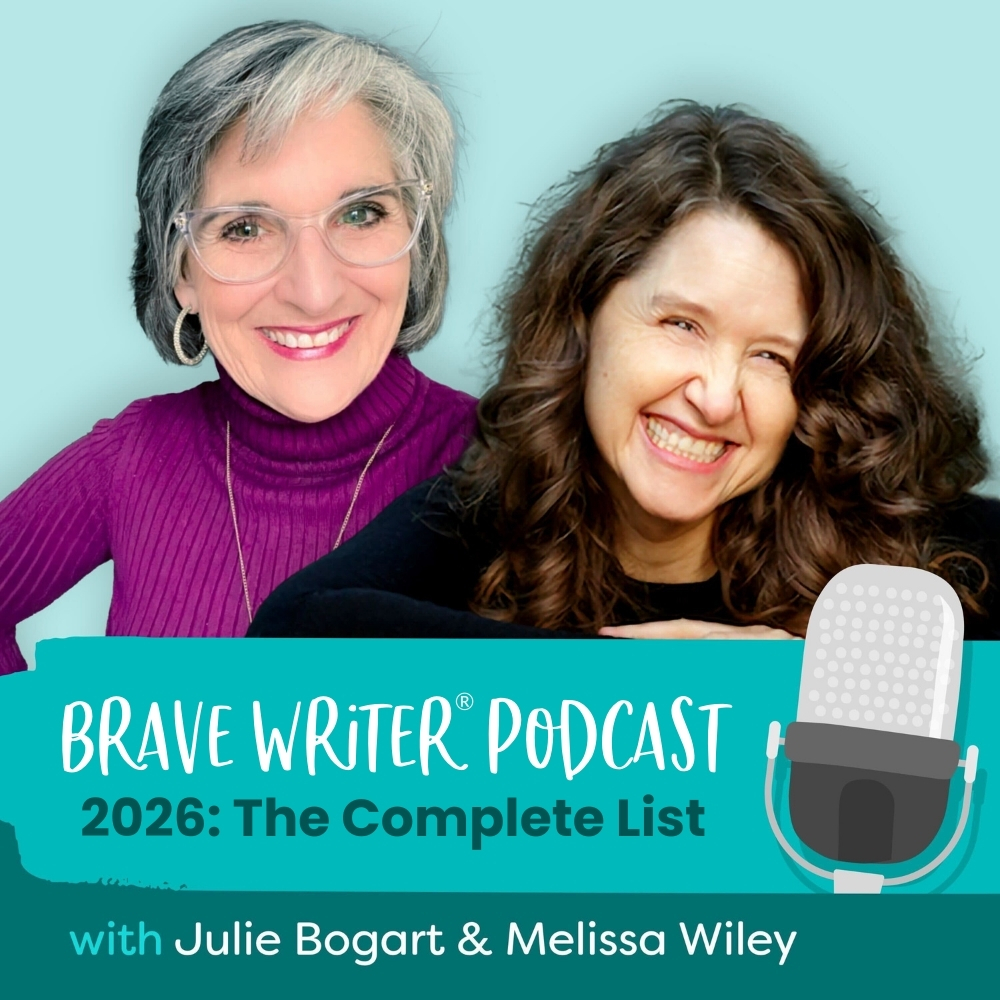
Did you miss a 2026 episode of the Brave Writer Podcast? Did you want to listen to an episode again?
We got you!
Here are all the episodes of the podcast aired in 2026 in one convenient place so that you can listen (or re-listen) to them whenever you want.
Show Notes are included!
And bookmark this page! Episodes will be added as they become available.
2026 Podcasts
- [Ep. 321] No Paper Trail? No Problem!
Tune in to the Brave Writer podcast on Apple Podcasts (or your app of choice)
and also here on the Brave Writer blog.
Homeschooling for the first time?
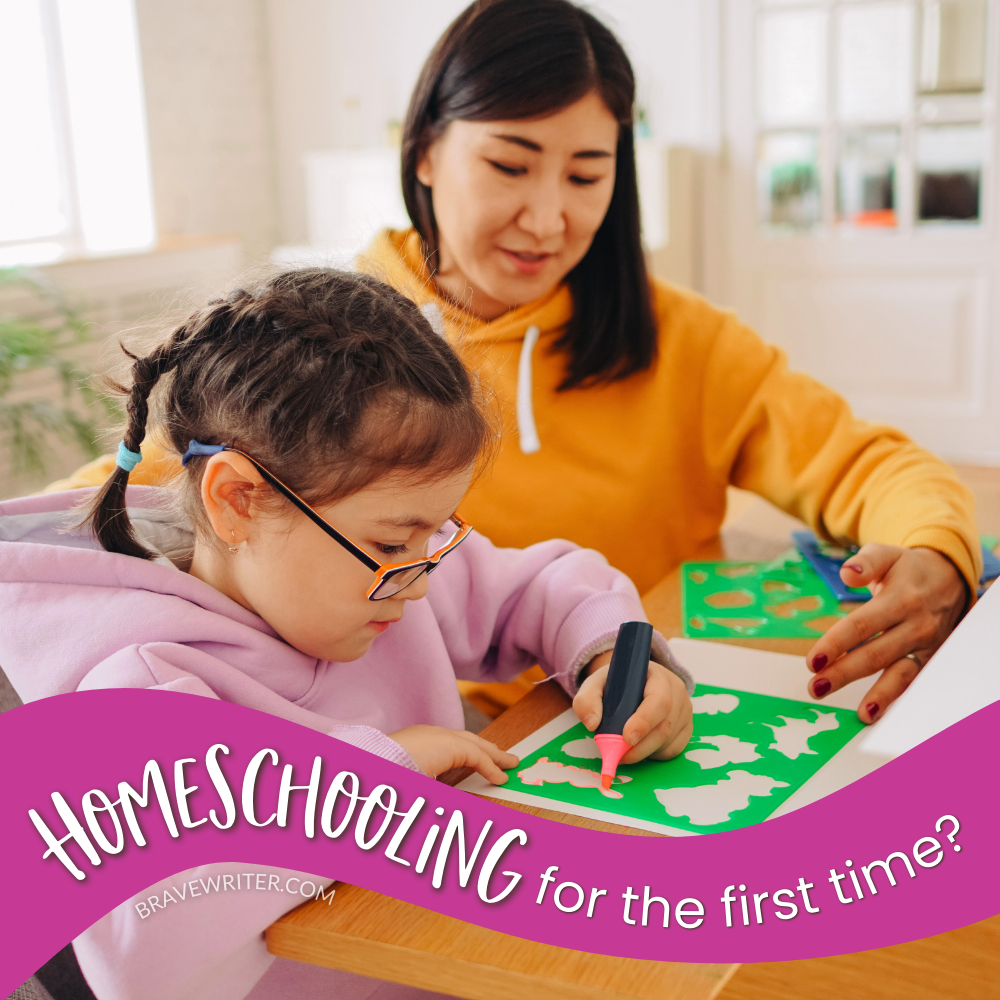
Take a deep breath. You don’t have to figure it all out at once—and you don’t have to do it alone!
Brave Writer has you covered in three simple steps:
Step 1: Watch the replay of Dawn’s Mid-Year Kick-Off Workshop (click the link then scroll down) for:
- practical tips,
- reassurance,
- and real-life ideas you can use right away.
Step 2: If you’re feeling ready, go forth and homeschool! Trust that learning doesn’t have to look perfect to be meaningful. For more support, download our Six Week On-Ramp to Homeschooling!
Step 3 (optional): Buy yourself some breathing room by enrolling in an online writing class. Our short, flexible, coach-supported classes give you extra time to plan—while your kids stay engaged. Browse our full lineup and choose something that sparks their interest (or yours!).
We’d love the chance to support your family as you begin this brand-new homeschooling adventure!
How to Raise AI-Proof Kids
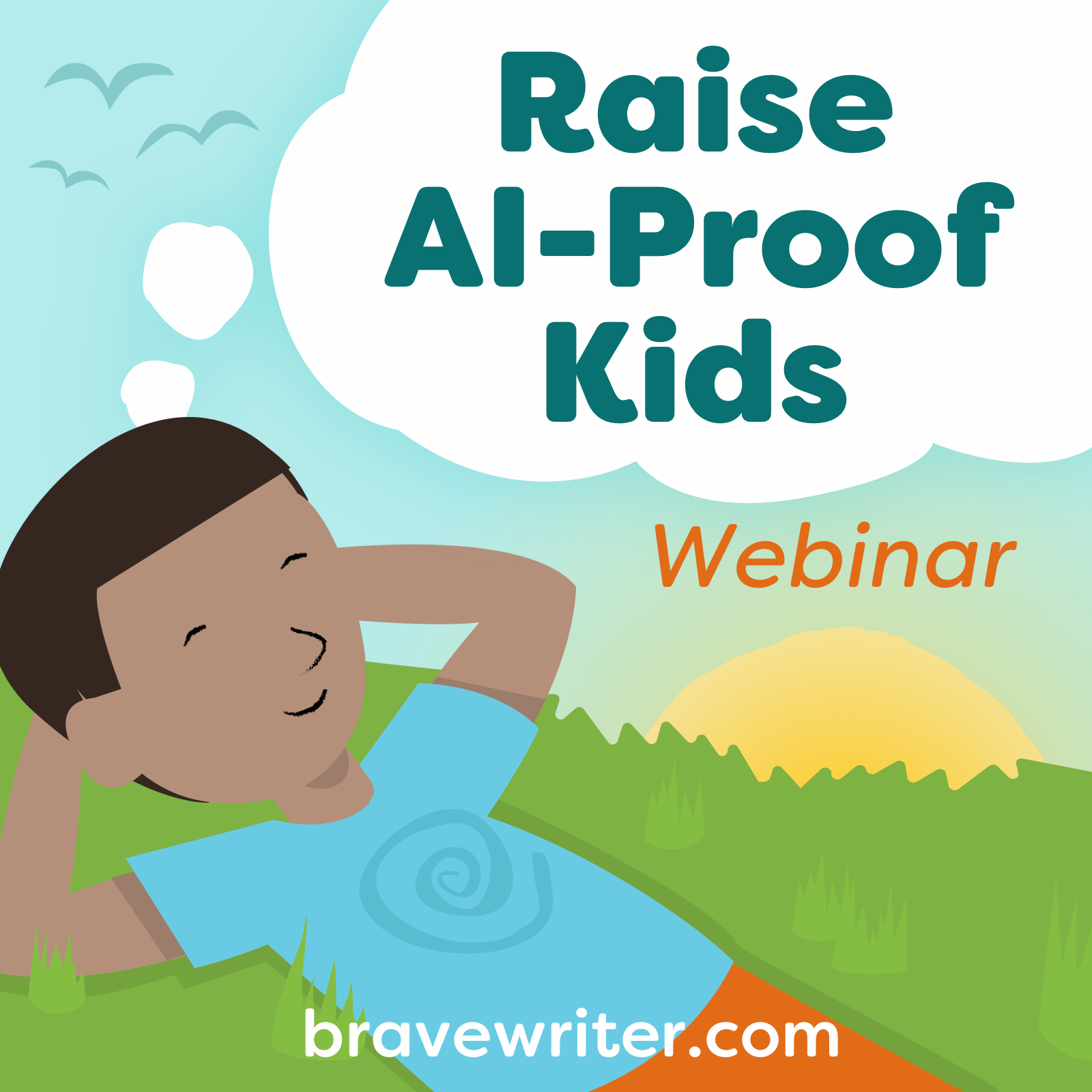
Whether AI excites you or makes you uneasy, one thing remains true:
When kids believe their words have value, they’re far less likely to outsource them to a machine.
To build that belief at home:
- Lower the barrier to getting words on the page. When writing feels doable, kids stay connected to their own thinking.
- Validate your young writer. Let them see the effect their words have on a real human—you.
- Offer topics that matter to them. The right invitation sparks urgency, ownership, and voice.
Want to see these practices in action?
Watch Dawn’s webinar “How to Raise AI-proof Kids.”




